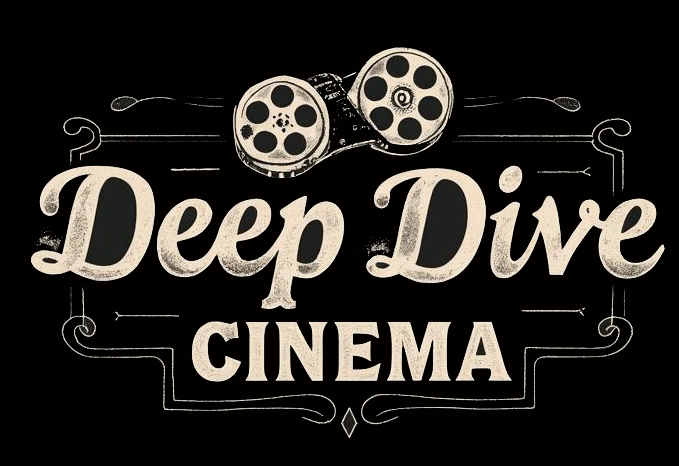🕰️ Historical Context
The world had emerged from war victorious but scarred. Beneath the prosperity of the 1950s bubbled paranoia, repression, and trauma. Film noir didn’t invent the shadows—it merely illuminated what had been hiding there. By the early ’60s, counterculture rumbled on the horizon, ready to explode.
The Postwar Shatter & Noir era (1950–1964) was a period defined by socio-political anxiety and stylistic evolution. With the world still reeling from WWII, cinema reflected psychological trauma, disillusionment, and shifting cultural values. Cold War paranoia and suburban conformity found expression in film noir's moral ambiguity and shadow-soaked cinematography.
Studios weakened, independent film rose, and the darkness on screen mirrored the darkness within society.
📌 Key Points
- Postwar psychological scars manifested in morally complex characters and fatalistic plots
- Cold War paranoia introduced themes of espionage, surveillance, and conspiracy
- Independent filmmaking gained ground as the studio system declined, enabling bold experimentation
- Film noir aesthetics: urban backdrops, chiaroscuro lighting, and fatal women reflected cultural unease
- Films explored social commentary—racial inequality, gender tension, suburban alienation
🔁 Common Themes
- Disillusionment following WWII
- Cold War fear embedded in cinematic narratives
- Fall of the studio system and rise of independent voices
- Evolution of noir as both genre and aesthetic
(Mentioned by: Google Gemini, ChatGPT-4o, Perplexity.ai, Grok, LLaMA 3, Deepseek, Claude 3 Sonnet)
🕵️ Notable Differences
- Grok: Highlighted the economic boom and cultural shifts of the 1950s
- Claude 3 Sonnet: Focused on technological and artistic innovation in filmmaking
💡 Unique Model Perspectives
- Google Gemini: Socio-political anxieties and evolving film language post-WWII
- ChatGPT-4o: Emphasized the freedom unleashed by the decline of the studio system
📽️ Technology & Filmmaking
- Widescreen formats (CinemaScope, VistaVision) reshaped mise-en-scène
- Black-and-white persisted in noir, while color grew in mainstream dramas
- Location shooting became more common, lending realism and grit
- Television loomed as both threat and influence
🎭 Acting & Star System
The system began to crack—stars now had agents, not just contracts. Method acting arrived via the Actors Studio, adding vulnerability and violence to male performances, and internalized repression to women’s. Marlon Brando, James Dean, and Marilyn Monroe embodied the new rawness.
🎞️ Notable Films & Movements
- Sunset Boulevard (1950) – Hollywood devours its own
- Rebel Without a Cause (1955) – The birth cry of teenage alienation
- Psycho (1960) – Hitchcock unhinges the genre map
- La Dolce Vita (1960) – Italian ennui meets the paparazzi
📰 Rumors, Reels & Headlines
Cold War tension crept into every script, from sci-fi to soap. The studios waged moral war against “juvenile delinquency,” while stars found themselves trapped in public spirals. McCarthyism blacklisted creatives, and the censors still clutched their pearls—barely holding back a wave of sexual revolution.

